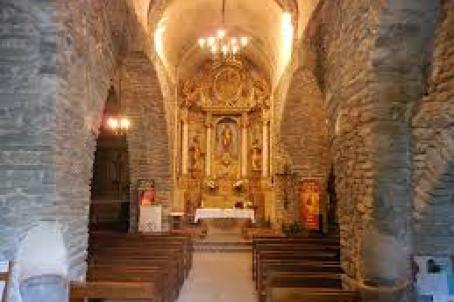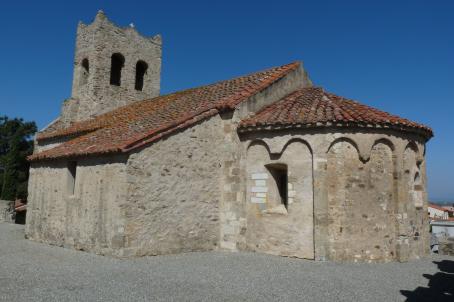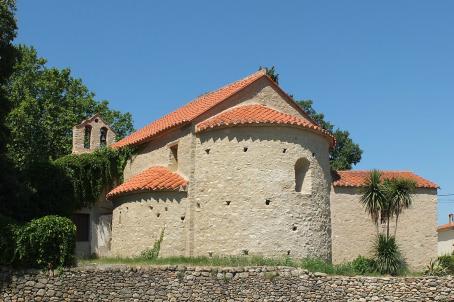Chapel Notre-Dame du Vila

The chapel Notre-Dame du Vila, surrounded by a cemetery that forms the parish enclosure, is located in Reynès, in Occitania. The foundation of the hamlet of Vila dates back to Roman times when the Via Vallespiriana, an important communication route, was created. The chapel was built between the 11th and 12th centuries. The chapel consists of a nave completed by a flat chevet. In the choir, you can admire a beautiful altarpiece.
About this building
The chapel of Notre-Dame du Vila is located in Reynès, in Occitania and is surrounded by a cemetery that forms the parish enclosure. The foundation of the hamlet of Vila dates back to Roman times when the Via Vallespiriana, an important communication route, was created. In the eleventh century, the village was fortified and a castle was built, of which there are unfortunately no remains today. It belonged to the county of Besalu, which in 1111, passed into the hands of James 1st, King of Aragon and Count of Barcelona.
The chapel was built between the 11th and 12th centuries and was mentioned in 1114 in the testament of the count of Besalu. The chapel was then given to the Monastery Del Camp (in Tresserre). The chapel of a nave, completed by a flat chevet and covered with a semicircular barrel vault. A shaft bay in the chevet illuminates the choir. A stone portal to the west is surmounted by an 18th century stone staircase that leads to the bell tower. In the choir, you can admire a beautiful altarpiece.





